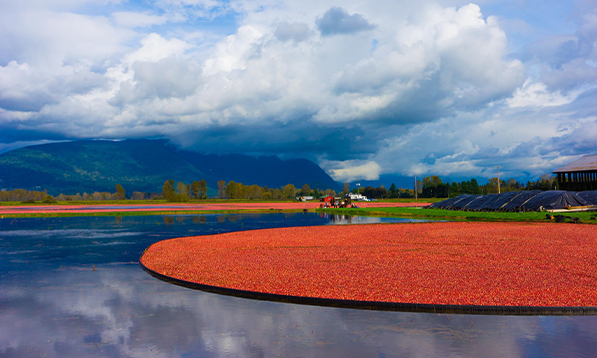
Celebrate with local: your guide to BC Cranberries
October 15, 2021
Homemade for the holidays – the best recipes to bring local to your holiday table!
December 21, 2021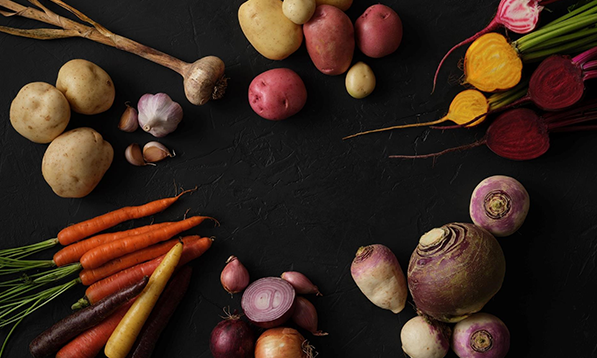
How do you source local veggies during the Canadian winter? It’s easy when you fill your plate with storage vegetables! Storage vegetables are packed with helpful nutrients to power you through the winter - and, because they keep so well, they’re a staple for any family looking to eat local through the colder months. We connected with local company BCfresh to share some great facts about these delicious veggies.
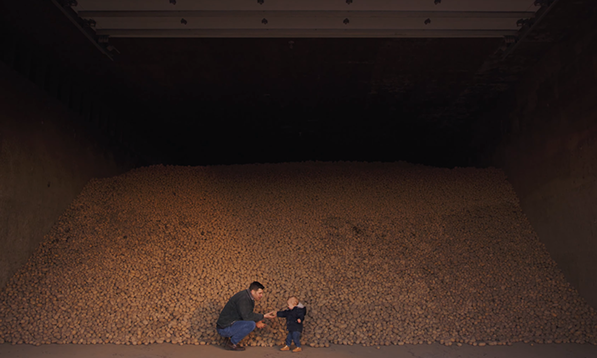
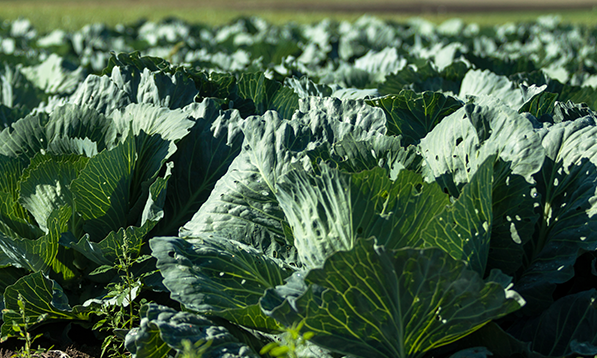
Who grows storage veggies?
There are hundreds of farmers across the province who grow winter storage veggies. Some are ‘direct-to-consumer’ like the Forstbauer family, while others may grow for cooperatives or companies like BCfresh. You can check out some profiles of their growers on their website.
What counts as a storage veggie?
Examples of storage veggies include potatoes; carrots; onions; shallots; cabbage and some other brassicas; beets; winter squash; parsnips. All of these vegetables are easy on your wallet and keep for longer than vegetables you have to enjoy shortly after harvest. While greens like lettuce will quickly wilt, root crops like carrots can store for up to a month when properly stored in your fridge. And squash, onions, and beets can last a long time if stored in a cool, dry place in your home.
Storage vegetables are living organisms, so long term storage is designed to help them stay dormant until they’re ready to go to market.
How nutritious are they?
You might be surprised at how nutritious these long-storing veggies are: potatoes, for instance, are low calorie, low in cholesterol, FODMAP friendly, and high in fibre -- plus, they’re a rich source of antioxidants, potassium, vitamin B6 and vitamin C. (Yes, you read that last one right - in fact many storage vegetables are a good source of vitamin C!)
Squashes, such as butternut and acorn, are high in Vitamin A. Both of those varieties also have more potassium in 1 cup of cubed squash than can be found in a banana. And any winter veg that has orange flesh is a good source of beta-carotene, which is known to boost immunity (a bonus during cold and flu season).
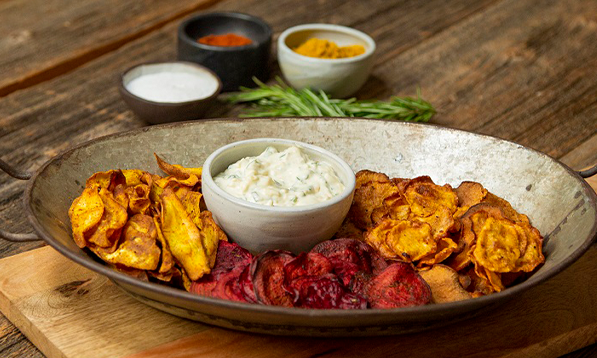

Where are these veggies stored?
So, how do these storage vegetables get to you throughout the winter? BC has long-term storage facilities in different regions to store these vegetables at the right temperature, humidity, light, and airflow. All of the facilities have a few requirements in common, but the main one is that vegetables have to be top quality going into storage. Storage vegetables are living organisms, so long-term storage is designed to help them stay dormant until they’re ready to go to market.
The size of a storage facility varies quite a lot - a small storage might hold a few tons of vegetables, whereas a large storage can hold thousands of tons. To put that into perspective, a typical Canadian potato storage facility is about a quarter of the size of a football field, but it can hold the equivalent of over 1.6 million 5 pound potato bags!
Thanks to the climate-controlled storage facilities and the natural hardiness of the vegetables, it means that we get to source and enjoy local BC veggies all winter long.
Why not grab some at your local market and try some of these recipes:
- Baked Vegetable Chips Three Ways
- Potato Bacon Roses
- Cajun Cabbage Hash
- Roasted Rutabaga with Lemon Tahini Dressing
- Root Vegetable Coconut Curry
And, thanks to their natural sweetness, these vegetables even make incredible desserts:
And to learn more about the farmers local to you who grow veggies like potatoes, check out our interview with Bill Zylmans, the owner of W&A Farms and the founder of BC’s Spuds in Tubs school program. Or, follow us on Facebook and Instagram for more food inspiration.